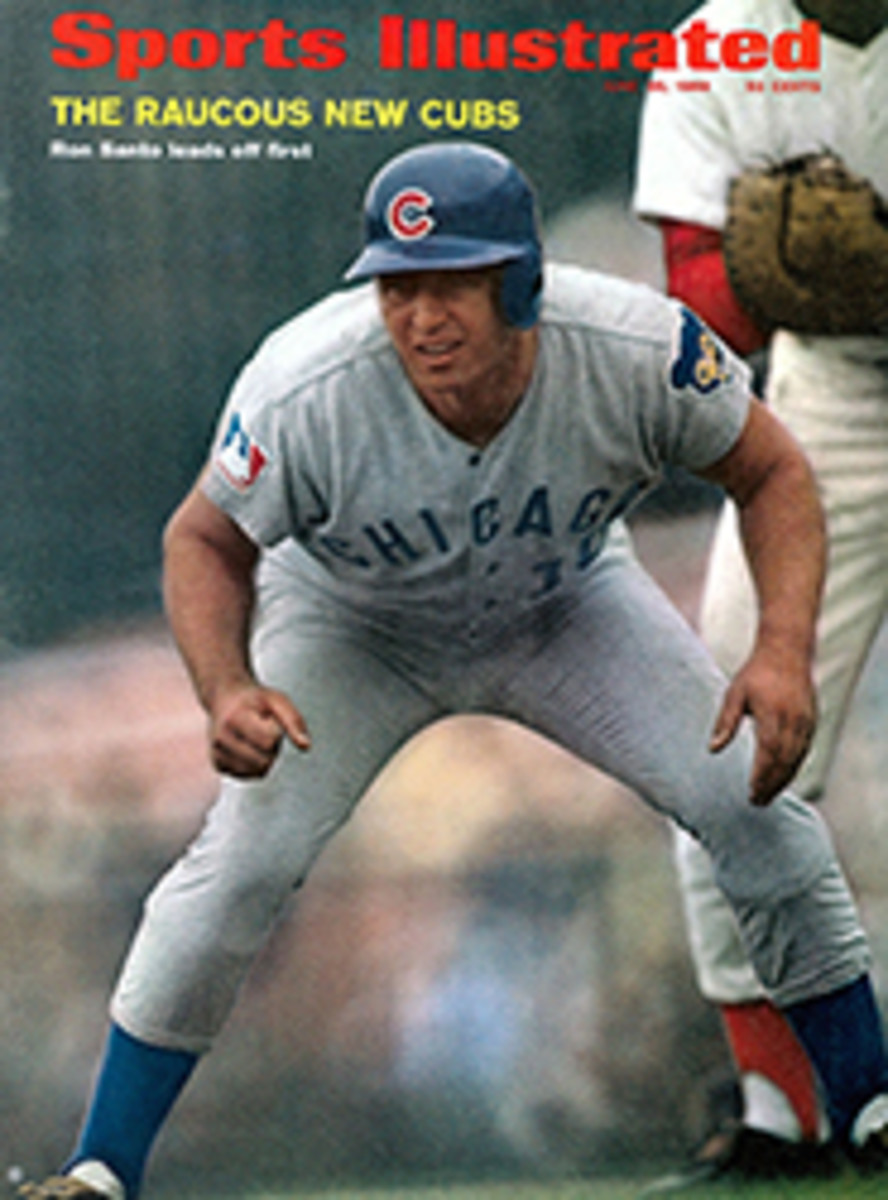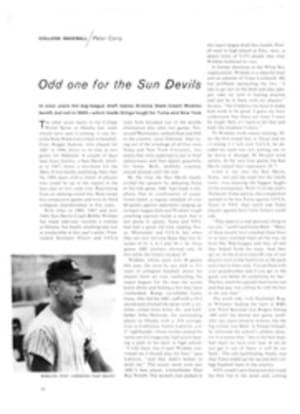
Another great Scot races in
In 1965 a Scotsman named Jackie Stewart, who bounced up and down a lot on his tippy-toes when he walked, had a very good year for a rookie in Formula I racing. He was the No. 2 driver behind Graham Hill on the last strong works team BRM produced. He won the Grand Prix of Italy, was a strong second in three other races and finished third in the world championship point standings. Unfortunately that was the year another Scotsman who bounced on his toes chose to have a smashing Grand Prix season. The late Jimmy Clark won six of 10 Grand Prix races, coming close to his record of seven out of 10 in 1963—when the European racing set said nobody could ever dominate a season that way again.
So ail of a sudden it's happening. The win by the effervescent Stewart in the Dutch Grand Prix at Zandvoort last Saturday was his third of the year. In his only losing race so far he had opened a 27-second lead over Graham Hill in 23 laps along the twisty streets of Monte Carlo, where things like that are not supposed to happen, before the drive shaft of his car broke. Stewart has to capture four of the seven remaining races to tie Clark's win record and, while ordinarily that would be improbable, considering the Stewart-Matra combination and the fragility of the opposition, it may be a conservative goal this year.
It is no secret that the Ford-powered Matra is an unusually durable and fast race car, nor is it news that Stewart is a very quick and heady driver and that their act, produced and directed by Ken Tyrell—the perfect picture of the slightly bumpy, slightly baggy Englishman and perhaps the best team manager in European racing—is beautifully orchestrated. The real lesson of Zandvoort is that Stewart & Co. are becoming so dominant that Jackie might just emerge as the fourth superstar of the postwar era, following Juan Manuel Fangio, Stirling Moss and Clark. It is too early to know for sure, because Stewart's strongest opponents—the Ferrari and Lotus-Ford drivers—still have some problems and have yet to make a gut run at him.
Ferrari's Chris Amon drove what may have been the best race of anybody at Zandvoort and barely finished third. The day before he had said of his car, "It's bloody awful. It understeers badly [plows], and the factory hasn't done things that should have been done two weeks ago. I lost a day's practice because the engine was bad."
Meanwhile Lotus' Colin Chapman is demonstrating that while he builds extremely fast cars he also occasionally builds them a bit flimsily. In the Grand Prix of Spain, Hill had a crash attributed to mechanical failure. Jochen Rindt's Lotus failed once without dramatics but a second breakdown, in Spain, caused a violent flip and a head injury that forced him to miss Monte Carlo.
At Zandvoort, Rindt was the fastest qualifier, getting around the 2.6-mile circuit in 1:20.85, or about 113 mph, but left the race while in the lead on the 17th lap (of 90) when a universal joint broke. Hill pitted 10 laps later and complained that his Lotus was twitchy. Mechanics found nothing wrong and sent Hill back out, but he never challenged for the lead and finished seventh, nearly two laps behind the Scotsman.
Before Rindt retired, he had opened about an eight-second lead on Stewart, the second fastest qualifier, on a circuit that is not particularly demanding. It is nestled among grass-covered sand hills about 300 yards from the biggest resort beach in Holland and contains only one real straight, "which is getting shorter and shorter every year," as Stewart said. The rest of the course is a series of fairly slow turns. With Rindt out of it Stewart was never to be pressed.
Jo Siffert easily held second place in his Lotus-Ford, but third place was another matter, and the fight for it turned what might have been a dull afternoon into an exciting one. After Hill dropped out (Bruce McLaren had already parked his McLaren), a group of four drivers spent the last two-thirds of the race testing their nerve against each other. First Jacky Ickx, the 24-year-old Belgian who had won Le Mans the week before, maneuvered his Brabham-Ford past his boss. Jack Brabham, then got by Amon into fourth place. Third at that point was Denis Hulme in the second McLaren-Ford team car.
Amon decided this was nonsense and shot back past Ickx. So did Brabham, who also caught Amon and made a brief and futile run at Hulme. Then, on the 56th lap, Amon began his big move; he slithered back past Brabham and took a bead on Hulme. Ickx, however, was not through. He again passed Brabham and for a few laps he, Amon and Hulme were rarely separated by more than half a second. Finally, on the 82nd lap, Amon caught Hulme in the Tarzan, the sweeping U turn at the end of the straight where most of the passing had been going on. That ended the fun, for by then Brabham had dropped back, as had Ickx, and Hulme began losing power steadily; he finished fourth.
Stewart, with his perky wife Helen, accepted champagne and beer in the victory ceremony—an awful combination, but sponsors are sponsors—and the eighth Grand Prix garland of his career. That places Jackie third behind Hill and Brabham among active drivers, and he is the man for this season.

